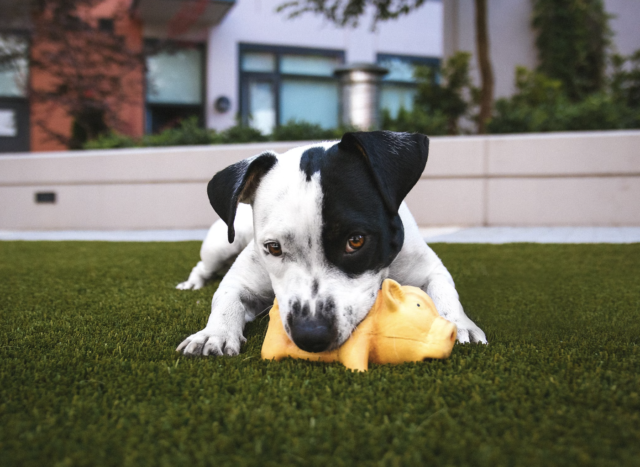Managing Aggression in Dogs: A Guide for Owners
At Snug Pet Resort, our decades of experience in handling aggressive dogs have taught us valuable insights into effective training and management. In this blog post, we share essential tips and strategies for owners dealing with canine aggression.
At Snug Pet Resort, we have extensive experience handling aggressive dogs and assisting owners with aggression issues. I began training dogs in the early ’90s, participating in protection sports, and working with various police and military dogs. This diverse background provided me with extensive knowledge on dealing with dogs exhibiting aggression. In protection training, we focus on teaching dogs when to be protective, how to be protective, and, most importantly, when to stop on command immediately.
With over 30 years of experience in competing and training, I’ve gained a significant advantage in working with dogs facing aggression problems. The techniques we employ today are a combination of what I’ve learned and developed from protection training. It’s important to note that it’s impossible to cure an aggressive dog; our goal is to manage the dog and educate the handler/owner. Through proper client education, we aim to prevent accidents and allow dogs to remain in their families without further incidents.
While no owner is perfect, their active participation in the game plan can lead to success. We teach owners to understand their dog’s capabilities, appropriate scenarios, and the importance of avoiding uncontrolled environments. For instance, we strongly advise against taking a dog-aggressive dog to a dog park or beach, as it poses risks in unfamiliar settings with unknown dog behaviors.
Our training programs focus on helping owners identify triggers, anticipate them, and prevent dogs from reaching the red zone. In-person training with our experienced trainers is an integral part of all our programs.
If you’re an owner dealing with an aggressive dog, I encourage you to be open-minded. Some clients stick to specific training methods they find online, but it’s crucial to choose methods tailored to truly aggressive dogs. When seeking a trainer, prioritize experience in teaching, controlling, and understanding aggression. I’ve encountered many owners who regretted not doing so and felt they wasted their money on ineffective training.
On a related note, understanding dog body language is crucial. A wagging tail generally signifies a happy dog, but a tucked or rigid tail can indicate discomfort, alarm, or a feeling of threat. When meeting a dog, especially one with aggression issues, be cautious if the ears are up and the tail isn’t wagging – it’s a sign to approach with care.
If you’re navigating the challenges of an aggressive dog, take the first step towards a safer and happier life for both you and your furry friend. Explore our comprehensive training programs and learn from our experienced trainers who specialize in understanding and controlling aggression. Your dog’s well-being is our priority—click here to start your journey to a harmonious relationship today.
